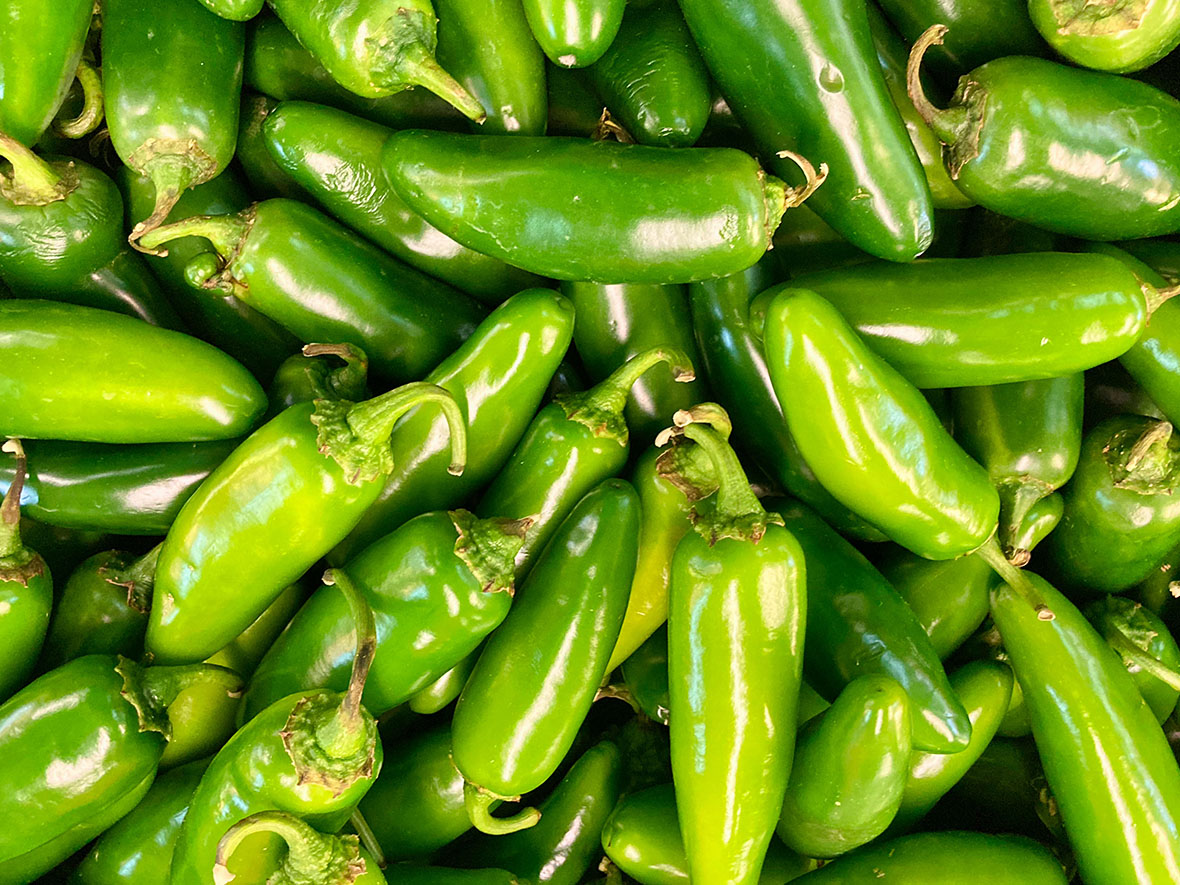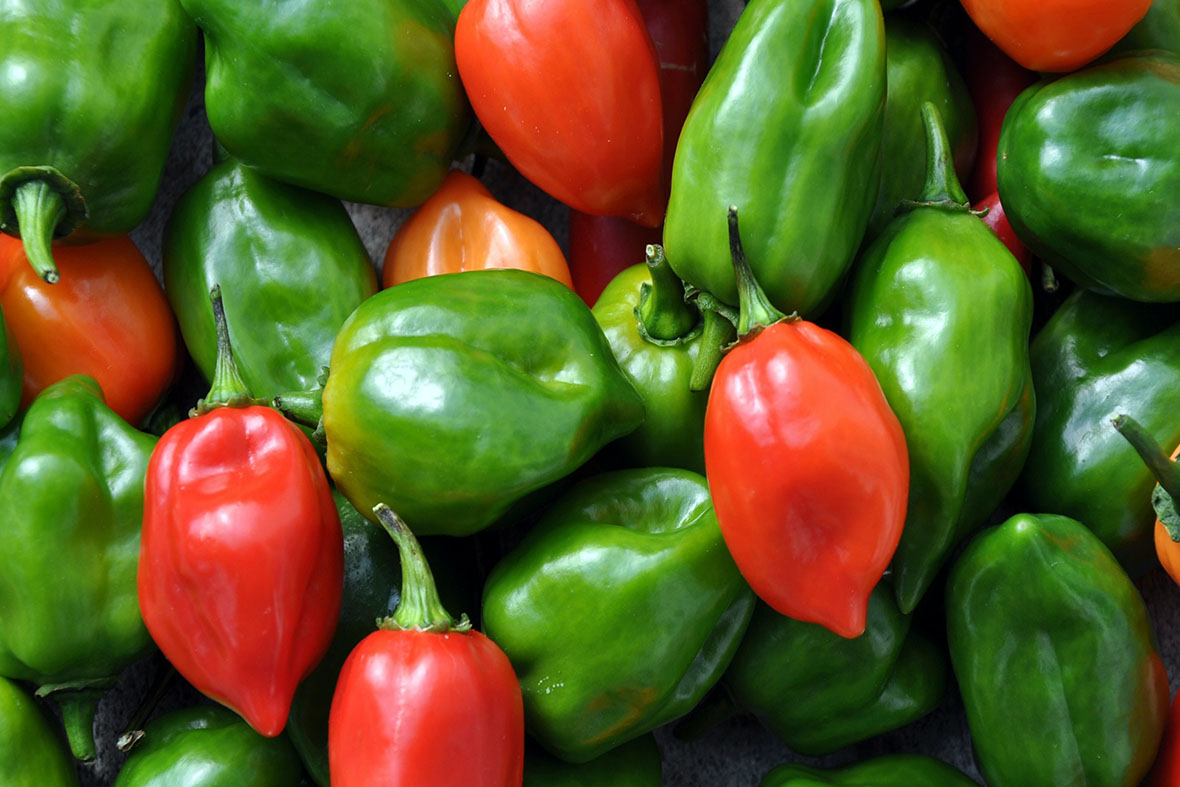Chillies are a fun crop to grow. They are very decorative and don’t take up a lot of space, so it’s easy to grow a selection of different varieties in a season.

Chillies originated in South America, and have spread throughout the world in the last 500 years or so. They are now an integral part of the cuisine of many different countries.
The fruit usually starts out green and can be harvested at this stage. If left to ripen on the plant, the fruit will turn yellow, orange, purple, black or red, depending on the variety. The colourful, fully ripe fruit is generally hotter and has a more intense flavour than the green ones.
Chillies enjoy similar conditions to tomatoes and capsicum. A warm, sunny position in a pot or garden bed is ideal. They don’t need much in the way of care and attention. They are a warm season plant and can look a bit shabby during winter. I usually trim mine back quite hard and let them re-shoot in spring.
Chillies make good companions for eggplant, cucumber, tomato, okra, squash, basil, oregano and parsley. They also like geraniums, petunias, lovage, carrots and onions. Keep them away from beans, broccoli, cabbage and fennel.

The heat of chilies varies greatly according to variety, from very mild to ridiculously hot. The hottest chili in the world is currently the Carolina Reaper. The Trinidad Scorpion and Naga Jolokia are not far behind. There is a new kid on the block, called Dragon’s Breath, developed by a Welsh farmer and exhibited at this year’s Chelsea Flower Show. It has measured hotter than the Carolina Reaper, and the breeder is awaiting confirmation from the Guinness Book of Records that it is the new title holder.
At the mild end of the heat scale, you will find the Sweet Temptation. If you like something with a bit of bite, you might enjoy the Jalapenos. They are cylindrically shaped, about 5-8cm long, and turn from dark green to red when ripe.
A little further along are the Caysan chilies, a fruit about 5-7cm long, turning bright red when ripe.
Habaneros are very hot and have an interesting lantern shape which might be orange, red, yellow or brown when ripe. Also up there at the dangerous end of the heat scale is the Birds Eye, a short, tapered, red chili that is only about 2-3cm long. The bush grows to about 1-1.5m tall and bears prolifically.
Be careful when handling chilies, as the juice can be highly irritating to the skin and the eyes. If you are handling lots, or if you have sensitive skin, consider wearing gloves for protection.
If you end up with too many chilies, you can pickle them, just as you would pickle onions or cucumbers. That way, you can continue enjoying chilies during winter, when your plants are not in fruit. Some varieties can also be dried and stored for long periods.